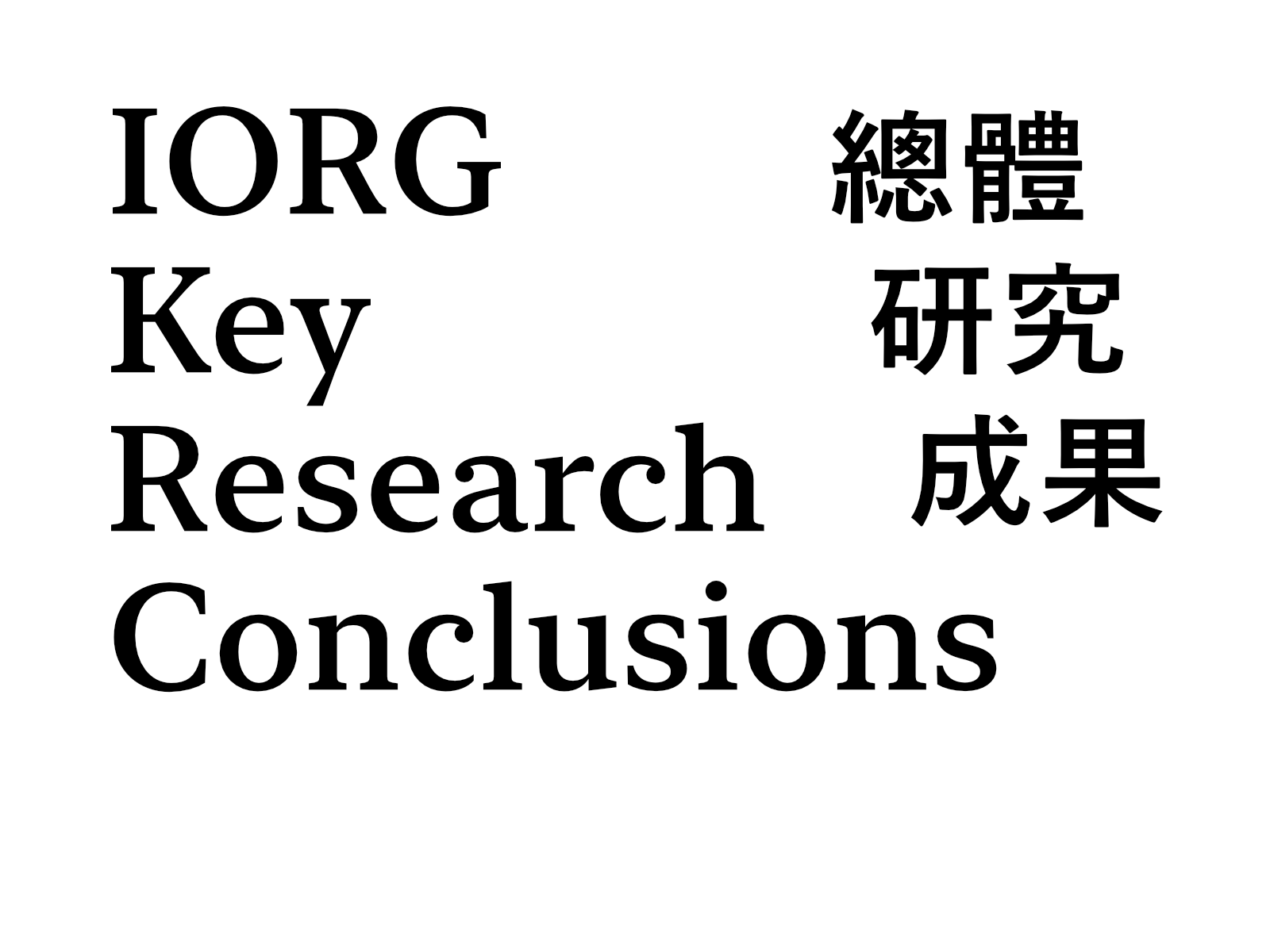Summary
- This report documents 12 suspicious Mandarin narratives circulated during the first month of the Israel-Palestine conflict, between October 7th and November 6th, 2023.
- TDL of Israel-Palestine conflict is lower than that of the Russia-Ukraine war, comparing TDL during the first 14 days after conflict outbreak.
- PRC attention to the Russia-Ukraine war is higher than that to the Israel-Palestine conflict, possibly due to the “no limit” PRC-Russia partnership. Israel-Palestine conflict average TDL among PRC governmental agencies and state media is 23% of that of the Russia-Ukraine war, while TDL peak of the former is 17% of the latter.
- Taiwanese media groups have published reports with clickbait such as “naked corpse” (裸屍) , “torture kill” (虐殺), “blood smell” (血腥), and “bloodbath” (血洗), inhibiting reader understanding of the topic while obstructing reasonable public discourse.
- Out of the 12 suspicious narratives, 7 can be categorized as US Skepticism, including 4 Chaos, 1 Weakness, 1 Abandonment, and 1 Fake friend narrative.
- 3 narratives concern Ukraine, including “Hamas weapons came from Ukraine” (3), “Ukraine is abandoned” (5), and “Ukraine admitted to losing weapons” (12), shaping the image of Ukraine as abandoned and corrupted, creating distrust against democratic alliances.
- 4 narratives concern Taiwan, including “Israel-Palestine conflict makes Taiwan feel the menace of arms and the danger of war” (兵凶戰危) (1), “Taiwanese people receive reply of cold indifference (冷回) from the diplomatic mission when asked for help” (7), “White House military aid is pushing Taiwan towards war” (8), and “White House is only using Taiwan to pass the military aid bill” (9), appealing to the fear of war, shaping the image of Taiwan’s government as unreliable, creating distrust against Taiwan’s democratic governance and democratic allies.
- 3 narratives originated from non-governmental actors and were amplified by PRC government agencies or state media, including “Hamas weapons came from Ukraine” (3), “US cannot save Israel” (4) and “Ukraine is abandoned” (5).
- PRC attempts made to shape the image of the US as unreliable and a source of chaos, while portraying itself as a “righteous (王道) peacemaker”, strengthening a worldview in the Mandarin IE in service of PRC interests, and consistent with PRC strategy in “creating disagreement towards the US and agreement towards China” among the international community. (CNA)
- During wartime, increased necessity of real-time information, difficulties for in-time verification, expertise and secrecy of military activities, and the historic complexities embedded within regions of conflict have provided space for information manipulation to thrive. Readers are advised to exercise more caution when receiving war-related information, forming viewpoints and taking part in public discourse based on facts.
US
United States of America
A country in North America.
PRC
People’s Republic of China
A country in East Asia.
IE
information environment
Physical, virtual, and conceptual environments in which information circulates.
TDL
topic daily liveliness
Percentage of related content over all content published within a day within an IE or sub-IE.
CNA
Central News Agency
A public-funded news media in Taiwan.
Abbreviations used in this report. Source: IORG.
Full version of this report is available in Taiwanese Mandarin. Please visit iorg.tw/da/52 or switch language to Mandarin.

